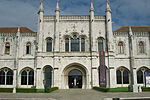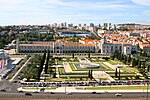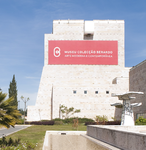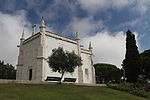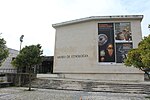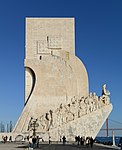Belém (Lisbon)
Belém (Lisbon)Parishes of Lisbon

Belém (Portuguese pronunciation: [bɨˈlɐ̃ȷ̃]) is a freguesia (civil parish) and district of Lisbon, the capital of Portugal. Belém is located in western Lisbon, to the west of Ajuda and Alcântara and directly east of Lisbon's border with Oeiras. Belém is famous as a museum district, as the home of many of the most notable monuments of Lisbon and Portugal alike, such as the Belém Tower, the Jerónimos Monastery, the Padrão dos Descobrimentos, and Belém Palace (official residence of the President of Portugal). The population in 2011 was 16,528.
Excerpt from the Wikipedia article Belém (Lisbon) (License: CC BY-SA 3.0, Authors, Images).Belém (Lisbon)
Praça de Malaca, Lisbon Belém (Belém)
Geographical coordinates (GPS) Address Nearby Places Show on map
Geographical coordinates (GPS)
| Latitude | Longitude |
|---|---|
| N 38.699 ° | E -9.209 ° |
Address
Praça de Malaca
Praça de Malaca
1400-239 Lisbon, Belém (Belém)
Portugal
Open on Google Maps

